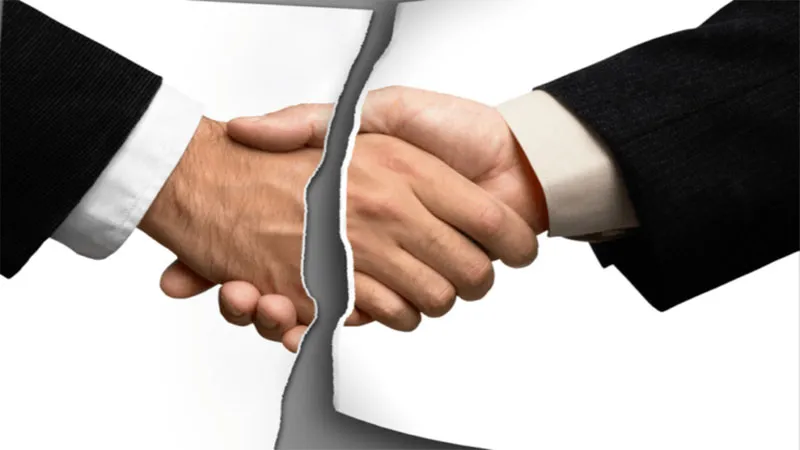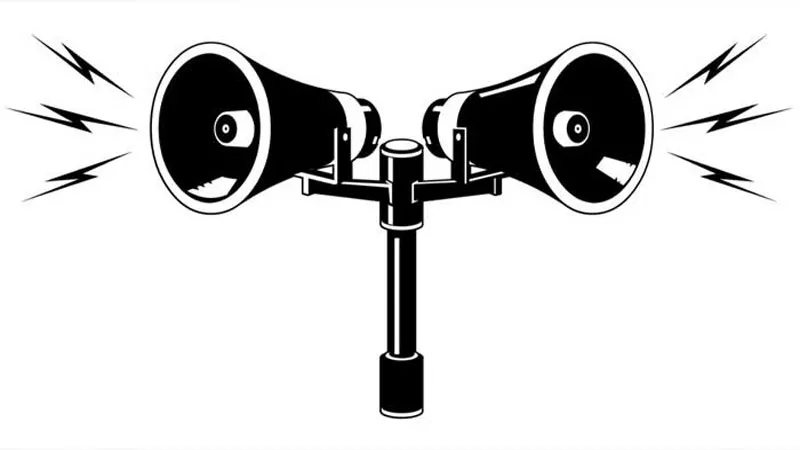Political Upheaval and the Long Reawakening of Identity
The fall season in Iran has historically coincided with decisive moments of political rupture. In 1978,
mass demonstrations in the autumn months helped bring down the Pahlavi monarchy. In 2019, a sudden
fuel price increase in November triggered one of the deadliest uprisings of the Islamic Republic.
In 2022,
the death of Mahsa Amini in mid-September ignited the “Woman, Life, Freedom” movement that shook
the regime for months. As Iran enters the autumn of 2025, the Islamic Republic faces an extraordinary
convergence of pressures: economic collapse international isolation weakened regional deterrence and deepening social discontent. Political change could occur suddenly. Yet this would not initself bringlasting stability. Iran’s more fundamental crisis lies in the exhaustion of a five-hundred-yearpolitical
order rooted in Shiʿi statehood. The emergence of a new political identity grounded in the cosmology of
Mehr represents the longer horizon of transformation. This article analyzes both the immediate risks of
upheaval in Fall 2025 and the deeper civilizational reawakening now underway, a theme explored in greater depth initself bringitself bring the forthcoming book Cosmology of Mehr.
The Historical Burden of Shiʿi Statehood
The Islamic Republic cannot be understood in isolation from the broader arc of Iranian history. Its
institutional and ideological roots stretch back to the Safavid dynasty in the early sixteenth century. The
Safavids forcibly converted Iran to Twelver Shiʿism, embedding clerical authority into the fabric of
political legitimacy. Over centuries, this structure of power created a fusion of religious authority and
state control that shaped every aspect of Iranian public life.
The 1979 Revolution did not rupture this legacy but rather carried it to its logical conclusion. The Islamic
Republic became the most complete realization of a political order where clerical theology and
sovereignty were inseparable. By 2025 this order has reached its limits. The Shiʿi system has lost its
legitimacy, surviving primarily through coercion, surveillance, and violence. What remains is a hollow
structure unable to inspire loyalty, incapable of delivering prosperity, and increasingly detached from
society.
Opposition Without Legitimacy
If the regime’s legitimacy has collapsed, the opposition has not been able to take its place. Divided across
monarchist, republican, and reformist camps, no single faction has succeeded in articulating a vision that
commands broad confidence. While Iranians know what they reject, they remain uncertain about what
they wish to replace it with.
The opposition’s weakness lies not only in organizational fragmentation but also in its lack of spiritual
and cultural depth. Without a compelling conception of Iranian identity, opposition leaders appear
reactive rather than visionary. This explains why waves of protest often burn brightly but dissipate
quickly. They are fueled by outrage at injustice, but they are not anchored in a coherent alternative vision
of political order.
Political Upheaval in 2025: Opportunity Without Resolution
The autumn of 2025 presents a unique set of conditions that could trigger political upheaval. Universities
will reopen in September and October, and students have historically been at the forefront of political
dissent. Anniversaries of past protests, including those of November 2019 and September 2022, will
provide symbolic occasions for renewed mobilization. Economic hardship has reached unprecedented
levels, with inflation, blackouts, and shortages undermining daily life. Added to this, international
sanctions threaten to tighten further if Iran fails to comply with nuclear transparency obligations.
All of these factors create a combustible environment. It is entirely possible that spontaneous protests or
strikes could escalate into a serious challenge to the Islamic Republic. Elite fractures, whether among
clerics or within the security apparatus, could magnify the impact of such unrest. Political change could
therefore occur in 2025. Yet even if the regime were to fall, this would not automatically usher in
stability. Revolutions and regime changes can topple rulers but rarely resolve deeper crises of identity.
Without a reconstitution of Iranian selfhood, any new political order would risk reproducing the same
cycles of authoritarianism.
The Reawakening of Iranian Identity
Beneath the turbulence of politics lies a deeper cultural transformation. Iranians are increasingly
questioning the Shiʿi identity that has been imposed upon them for centuries. They are rediscovering an
older and more universal conception of Iranianhood rooted in the cosmology of Mehr.
In Zarathustra’s
hymns, Mehr represented covenant, compassion, and cosmic justice. It was the foundation of an ethical
order that guided governance long before the Safavid imposition of Shiʿism.
This Mehr-based identity is not merely a historical curiosity. It represents a potential civilizational
framework for the future. Remarkably, the conception of truth and justice embodied in Mehr predates
Confucian teachings in China by nearly one thousand years. Just as Confucian ethics became the anchor
of Chinese political culture across dynasties and upheavals, a reawakening of Mehr could provide Iran
with a stable and authentic source of legitimacy beyond theocracy.
This process, however, will be slow. The search for a new identity cannot be accomplished in a single
uprising or election. It requires cultural reorientation, intellectual exploration, and the maturation of a new
collective consciousness. Yet the beginnings of this transformation are already visible in cultural
discourse, in the revival of pre-Islamic heritage, and in the growing recognition that Iran’s future cannot
be confined within a Shiʿi framework.
Conclusion
The autumn of 2025 will almost certainly be difficult for the Islamic Republic. Economic collapse,
political isolation, and widespread social anger will converge in a season historically associated with
upheaval. Political change could occur, perhaps even suddenly. But such change will not in itself bring
stability. True stability will only emerge when Iranians complete the deeper process of rediscovering their
identity as one of the world’s oldest nations.
The Islamic Republic is the exhausted culmination of a five-hundred-year Shiʿi political order. Its decline
creates the possibility of upheaval, but the promise of renewal lies elsewhere. A civilizational
reawakening centered on Mehr offers the prospect of a new Iranian identity rooted in truth, covenant, and
justice. This reawakening has already begun and will continue beyond the present crisis. Political
transformation may take place in 2025, but it is the slower recovery of identity that will ultimately
determine Iran’s place in the world.
These questions of legitimacy, identity, and civilizational renewal are developed more fully in the
forthcoming book Cosmology of Mehr, which explores how ancient Iranian ethics can provide the
foundation for a new political order.
Kamal Azari PhD
8/21/2025 Petaluma.


